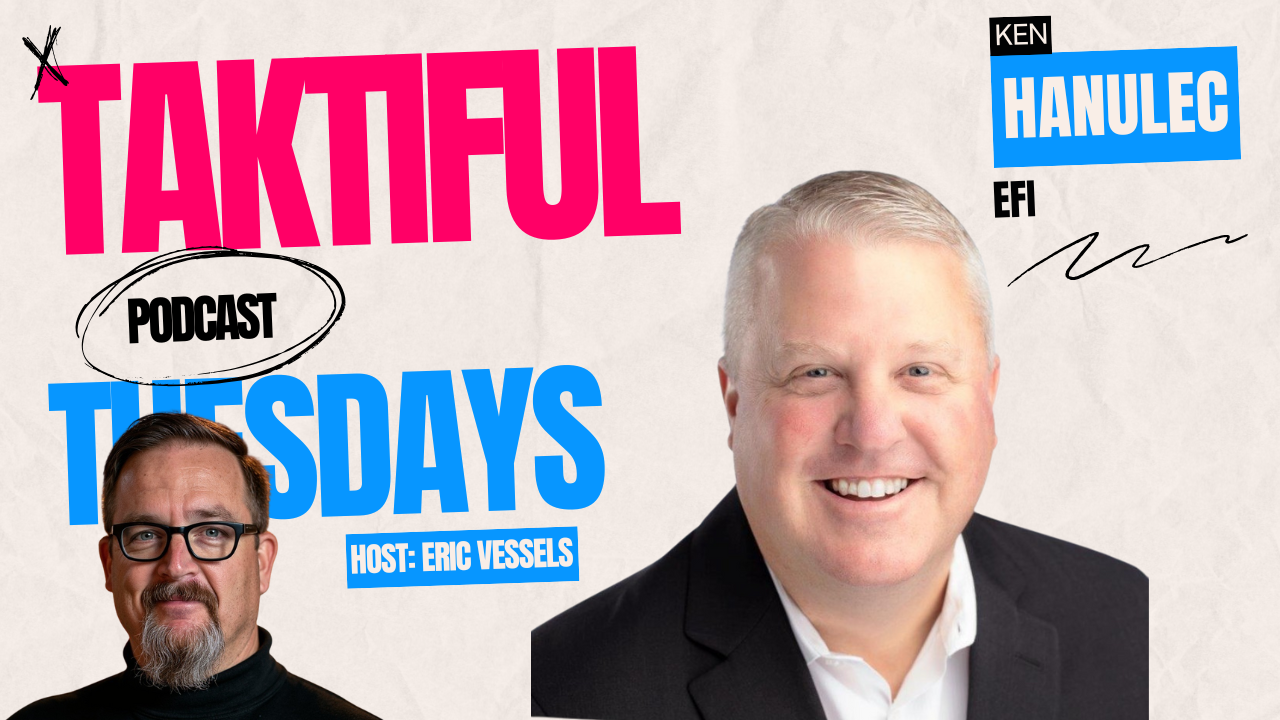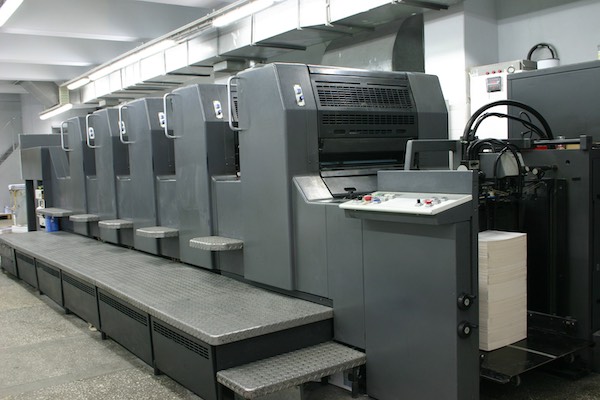Today, observed Phil Ollila, “anyone can publish a book.” He should know. Ollila works for Ingram Content Group, the company that operates Lightning Source, a digital print-on-demand service that makes book production doable for every author with a manuscript and a dream of readership. Other providers—HP’s MagCloud comes readily to mind—have torn down the technical barriers to entry in magazine publishing, making that aspiration available to the masses as well.
How mainstream book and magazine publishers are confronting new business models in which nearly anything (and anyone) goes was a thread running through many of the presentations at this week’s Publishing Business Conference & Expo in New York City. Panel discussions in the free part of the program reflected both the angst and the optimism of publishing industry veterans striving to keep their products relevant and their audiences intact.
Larry Kirshbaum, former CEO and chairman of the Time-Warner Book Group and now a literary agent, said that although the rise of e-publishing helps to offset declining sales in traditional bookstores, publishers have become much more cautious in selecting books to bring to market. Paralleling the industry’s movement away from a strictly retail orientation, he said, is “the incredible growth of self-publishing” and the overnight success it has brought to some authors who are good at getting themselves noticed.
Kirshbaum said that his agency, LJK Literary Management, often encourages authors to take the self-publishing route as a first step in the journey to conventional publication. The strategy should include building a platform of interest among readers through deft use of the social media. Succeed at winning a reputation and an audience in this way, Kirshbaum advised authors, and your subsequent output “will be much more palatable for publishers.”
One thing that continues to be true in publishing, said Ollila, chief content officer at the Ingram Content Group, is that “distribution really matters”—all the more so in light of retail landscape-changing events like the recent bankruptcy of the Borders bookstore chain. Nevertheless, he professed faith in e-publishing as a sustainer of sales in the new paradigms of the book business.
“More things in book form will be sold,” Ollila said, including both print and e-editions in his definition of “book form.” But, market trends are more buoyant for e-books: “The sum of book form sales will increase. It is likely that print form sales will decrease.”
Philip Ruppel, president of McGraw-Hill Professional, agreed that the industry has reached “the tipping point from print to digital,” adding that there unique advantages to doing business on the digital side. “The worst thing about selling a book in a bookstore,” he said, “was that you never knew who bought it.” Now, with digital editions sold direct through digital channels, the whole transaction can be trackable. Looking ahead, Ruppel predicted that “the enhanced book of the future will be multimedia,” offering readers tools to interact with other readers as part of the enjoyment.
The children’s book market has been slower than others to move in the digital direction, according to Jeffrey Matthews, vice president of corporate strategy and business development at Scholastic. “The print experience is pretty good for a kid,” he said, noting that Scholastic prints hundreds of millions of books a year for young readers who still prefer ink on paper to e-ink in tablets. But, Scholastic sees e-reading apps and other digital innovations as ways to “expand the book market with technology,” turning more youngsters into regular readers.
Matthews remarked that when publishers compare the respective economics of conventional and digital publishing, they find that “print represents a pretty small percentage of the costs in the overall value chain.” It was a point seconded by Ruppel, who said that he was “fighting” the idea that e-content must sell for less than printed content because it doesn’t incur paper-based manufacturing costs.
That leaves all of the other costs, and Ruppel said that for the kinds of e-content that McGraw-Hill Professional develops, these costs remain high after subtracting the relatively small percentage represented by print. What’s more, selling e-content means adding value to it: “It can’t be just a straight PDF,” Ruppel said. If e-publishers continue to cut selling price without regard to cost, he warned, “we will price ourselves out of existence.”
Book publishers aren’t the only ones struggling to clarify profit expectations for their e-products: it’s a matter of concern in the magazine business, too. Frank Anton, CEO of Hanley Wood, a B2B media company for the housing and commercial construction trades, said that for print-based companies like his, it’s far from clear that digital products can ever be as attractive as traditional revenue sources.
He said that a B2B media company’s principal wares, magazine ad pages and trade show exhibit space, are “simple units of sale” that everyone understands. In good times, moreover, they can be highly profitable. According to Anton, margins on some Hanley Wood magazines exceed 40%, and there have been returns of 75% on some of the trade expos that the company produces.
Hanley Wood also has ventured into e-content with a network of web sites and an assortment of e-newsletters. But, said Anton, the profitability of these products is “nowhere close” to that of the company’s traditional businesses.
There might be a margin of 20% on e-media “if we are really, really good at it,” he said. “If we’re not, it’s basically a value-added service for the advertisers.”
Bloomberg L.P. is another business information provider that understands the value of print, even though it is a latecomer to the medium. Not only was its purchase of BusinessWeek from McGraw-Hill at the end of 2009 its first acquisition of a print magazine—it was the company’s first acquisition of any kind, according to Hugh Wiley, publisher of the weekly journal now known as Bloomberg Businessweek.
Bloomberg, he said, bought Businessweek for “relevance.” The company wanted to be known as a multi-channel, multimedia publisher of market-moving news, and the acquisition, according to Wiley, delivered benefits to both parties: 4.5 million Businessweek readers to Bloomberg, and the parent company’s “huge newsgathering machine” to the magazine.
Wiley said that “the floodgates opened” in terms of editorial opportunities when the two organizations came together, and they have been endeavoring for editorial leadership ever since. “You can’t be relevant if you’re just going back and covering the sixteenth iteration of news that’s been covered before,” he observed.
The core challenge for a multimedia information provider, said Wiley, is to publish seamlessly across all of its channels with “common content platforms” that readers and advertisers will appreciate. These should be integrated solutions that let readers become viewers (and vice versa) as the news streams suit them.
One such platform is the iPad application that Wiley said Businessweek will launch in about two weeks. He described it as “not overly tricked out” with features that could make it hard to use. Navigation will be easy, and every article presented on the app will feature a “related bar” that automatically links to whatever else Businessweek has published about the companies and executives mentioned in the story.
Magazine panel moderator Samir Husni asked whether publishers of printed magazines have stopped “innovating” and are merely “renovating” their products with cosmetic changes. Anton replied that to some publishers, “innovating” has meant switching to excessively lightweight stocks and taking other corner-cutting steps that sacrifice quality to stinginess.
This he compared to mismanaging a restaurant by serving less appetizing food in dingier surroundings. “Readers aren’t stupid,” he said.








